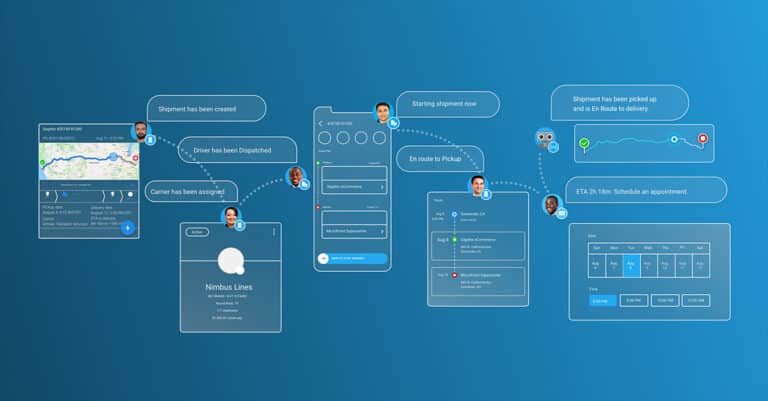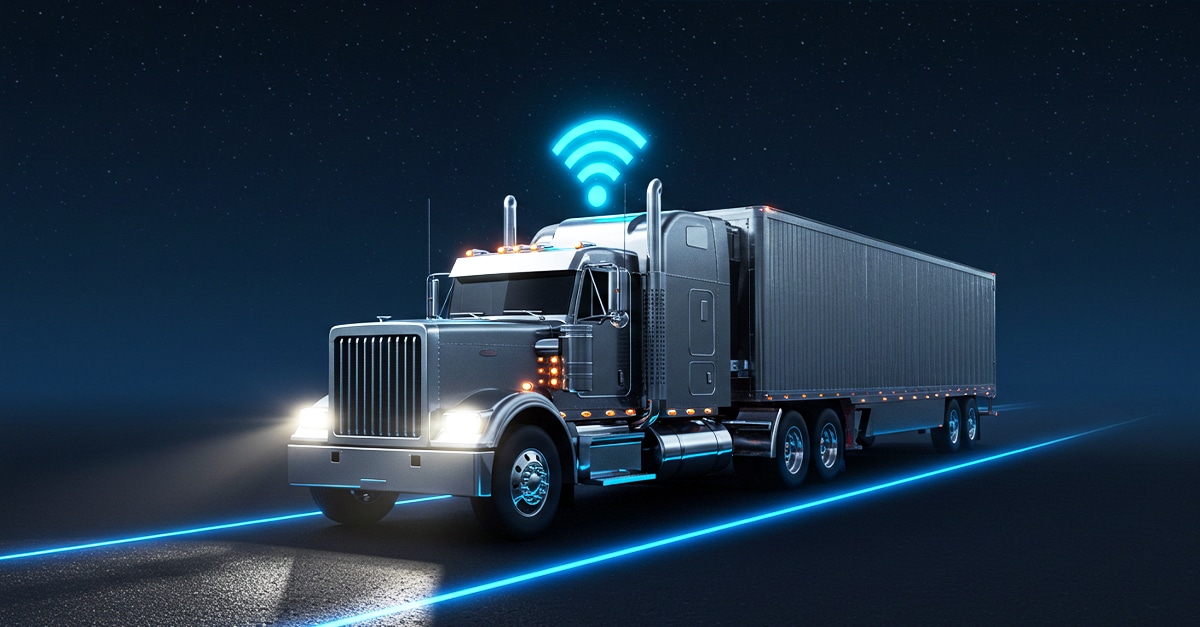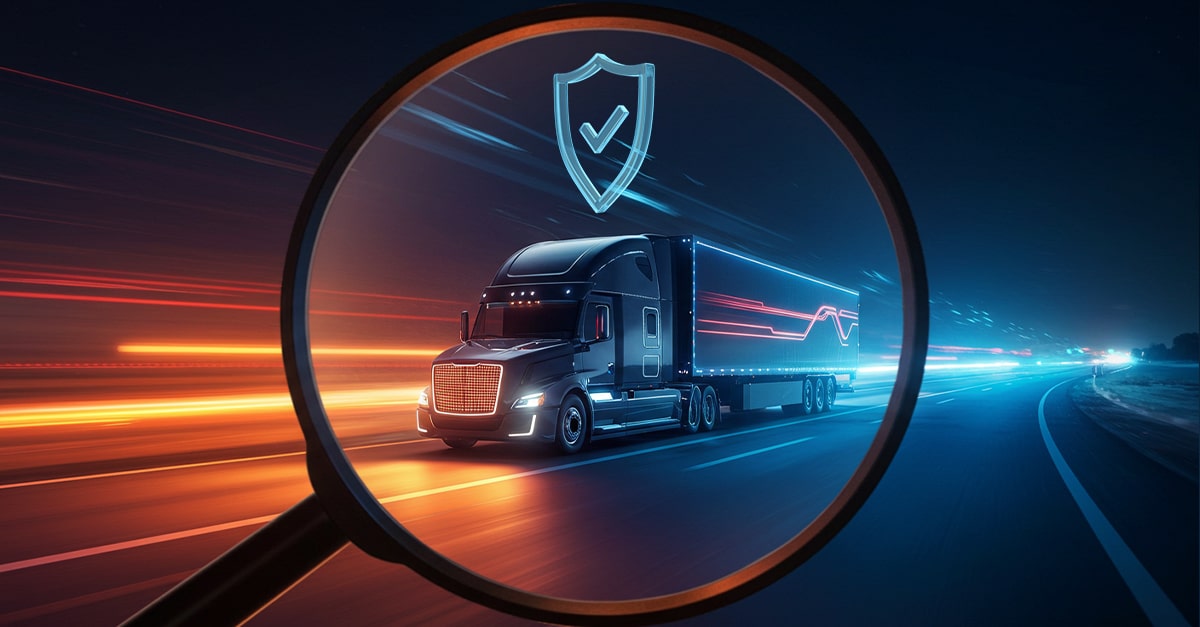A supply ecosystem consists of an interconnected network of organizations, people, activities, information, and resources that work together to reach a common goal of moving a product from supplier to customer in one way or another.
These digital supply ecosystems have evolved into complex networks that connect multiple industries within collaborative transportation management services. Our society lives in a digital world, so the progress towards digital supply ecosystems is essential for the continued improvement and growth of supply chain management and services.
Here are five reasons why digital supply ecosystems are the future of supply chain management:
1. Supply Chains Are Continuing to Grow in Complexity
The many needs and demands of customers and freight management parties are changing as the technology and the world change. Those changes necessitate that supply chain ecosystems also adapt to keep pace, creating a continuous evolution cycle. A steady rise in the prevalence and need for digital supply ecosystems is clear evidence of the impact supply chains big and small can have. It is only going to continue growing in complexity from this point onward as new suppliers and businesses arise.
2. Real-Time Data Is Crucial to Making Informed Decisions
With technology abounding everywhere and with so much of it at the fingertips of clients and customers alike, up-to-date, real-time data is critical for supply chains. Decisions that impact delivery time, costs, and outcomes cannot be made with partial information. Digital supply ecosystems allow for seamless real-time data access and informed decision-making—whenever and wherever needed.
3. Customers Expect Fast, Free Shipping
The modern world is digital, and all this technology connectedness has given rise to an interesting concept known as the Amazon Effect. It is the gold standard of shopping and delivery experience, driven by Amazon Prime’s free two-day, one-day, or sometimes same-day that customers expect and that every shipper strives to provide. In e-commerce and shipping, it is the idea of fast and free shipping that provides customers digital tracking and real-time updates. Customers expect this, and it is the minimum that digital supply ecosystems must provide.
4. Free, Fast Shipping Can Have a Detrimental Effect on Sustainability
There is one significant drawback to the push for offering fast, free, and reliable shipping. That is a simple fact that it naturally requires more energy and resources. Even if the customers are not paying for it directly, it affects the companies’ bottom lines and can cause them to cut corners in other areas to make up for the expense. Eliminating added steps could mean less sustainable packing, less efficient shipping routes, or similar trade-offs. Thus, businesses need to start looking for ways to recapture sustainability while still offering rapid, free shipping. And leveraging a collaborative logistics platform is one means to that end.
5. Digital Supply Chain Bridge the Divide and Allow for Real-Time Data Sharing
The modern rise of digital supply ecosystems has helped many companies move to a more streamlined and successful chain of command. With real-time data sharing the norm rather than the exception, it is possible to communicate more quickly and easily with every team member and trading partner, every step of the way. It is easy to see how the digital supply ecosystem is the way of the future and why it matters so much today.
Embrace the Future With a Collaborative Supply Chain Tech Stack
The enhanced supply ecosystem is based on the ability to do more with less, speed shipping, and eliminate inconsistencies. It’s time the industry moved into the digital age and finally put their existing tech stack to work through a unified collaborative logistics platform, such as Turvo. Visit Turvo online to get started with your next-level collaborative logistics strategy.








